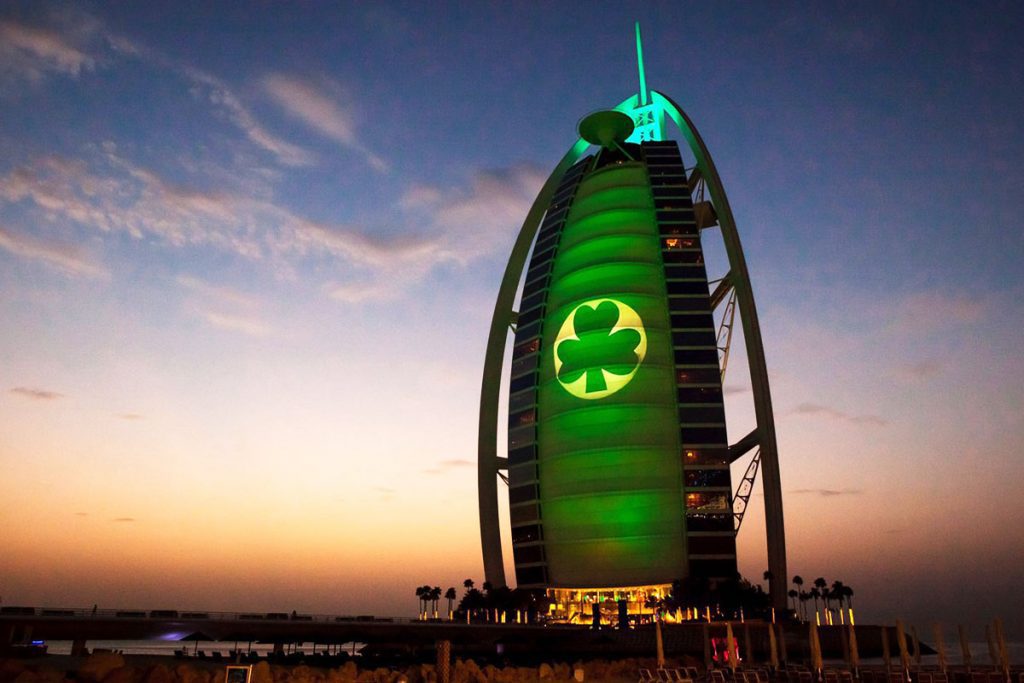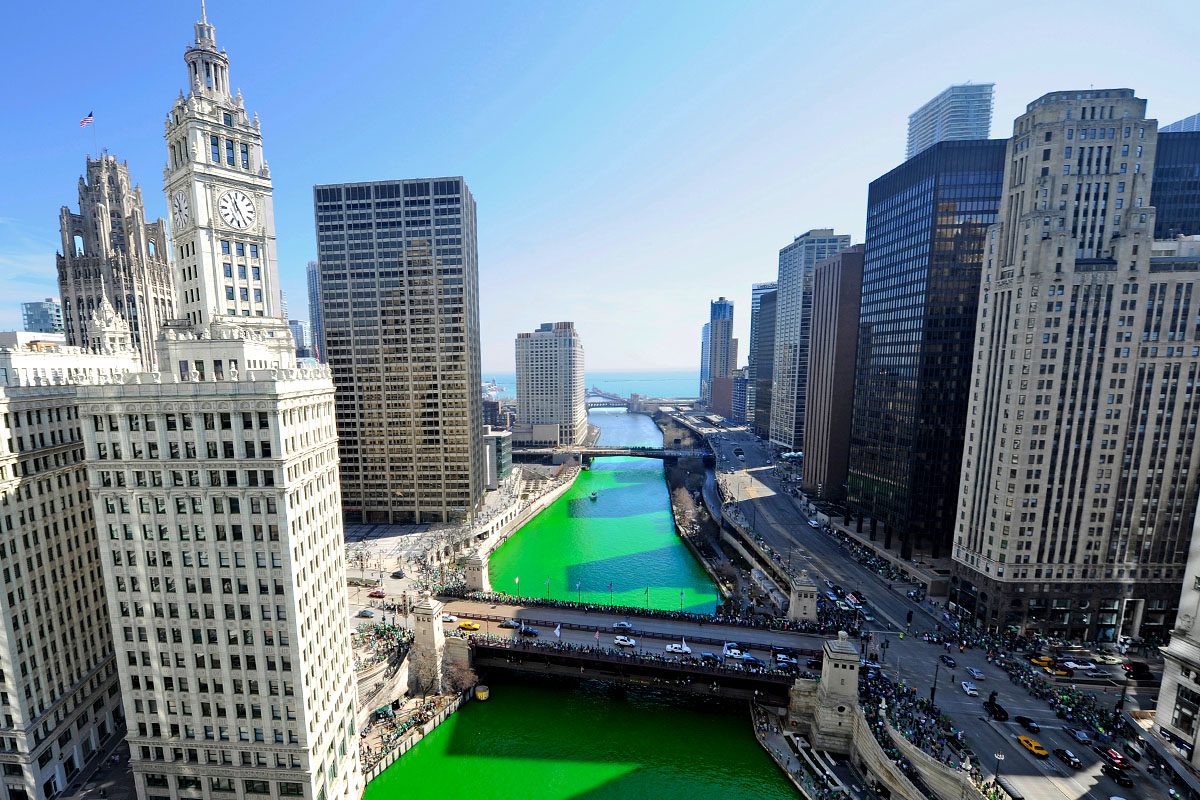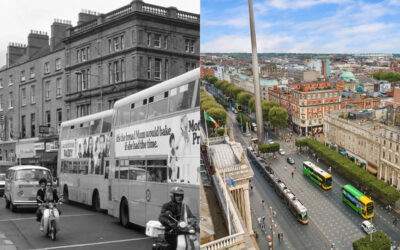Although this year’s St. Patrick’s Day festival has been cancelled due to the coronavirus, Ireland’s national holiday remains the centrepiece of an acclaimed international marketing campaign.
At the beginning of the 19th century, Ireland’s population stood at an all-time high of around 8.5 million people. Today, there are just over 6.5 million people living on the island. What happened?
Famine is what happened. Between 1845 and 1849, the potato crop failed and Ireland went hungry as the Great Famine (an Gorta Mór) saw around 1 million people die of starvation and a further million emigrate. In just four years, Ireland’s population shrunk by a quarter as people fled for their lives.
Relevant Insights
The Irish in America
The poorest emigrated to the UK, while those who could afford it took their chances on the notorious ‘coffin ships’ bound for the USA. Cities like Boston, Chicago, Philadelphia and of course New York quickly built up thriving Irish emigrant communities.
While St. Patrick’s Day remained a relatively muted affair in Ireland (it wasn’t even a public holiday until 1903), in the USA it became a way for emigrants to cling to their roots and share their ties with other people of Irish descent.

It was on the streets of America that the concept of the St. Patrick’s Day parade really took hold. As time went by, other expat communities in other countries began to mark the occasion with parades, banquets, and other celebratory events.
By the mid 1990s, the Irish government decided to turn St. Patrick’s Day into a festival that would showcase Irish culture – music, dance, food, conviviality – and entice people from around the world to visit Ireland. With Fáilte Ireland (tourism board) leading the charge, ‘Paddy’s Day’ would become a major marketing effort.
St. Patrick’s Day tourism push
The first St. Patrick’s Day festival took place in 1996. The following year, it had grown into a 3-day event. By the year 2000, the festival was four days long while in 2009, it took place over five days and attracted around 1 million overseas visitors, many of whom were people with Irish roots coming ‘home’ to celebrate.
Around the world, meanwhile, March 17th was also being celebrated in bigger and bolder ways. The city of Chicago began dyeing its famous river green – a tradition that lives on 50 years later. Buildings and monuments began to light up in green, including some of the most famous landmarks in the world: Empire State Building, Sydney Opera House, the Pyramids of Egypt, Burj Al Arab, Niagara Falls.

The cumulative result of all these positive initiatives is a green-tinted spotlight that generates unparalleled interest and awareness of all things Irish, each and every year. For a tiny island nation, St. Patrick’s Day has become one of the most successful PR campaigns the world has ever seen.
This in turn has given the Irish government an opportunity to add a strong business dimension to the marketing push around St. Patrick’s Day. To the tourism agenda has been added a foreign direct investment (FDI) brief, with Government ministers ‘wearing the green jersey’ on their travels to promote Ireland as a great place to do business.
International business hub
This too has yielded spectacular results with a staggering number (more than 1,000 and counting) of overseas firms that have made Ireland their home. We are now ranked 1 in the world for foreign direct investment, and 1 in Europe for inward investment jobs per capita.
Just as Saint Patrick himself would have wanted!
Sadly, this year’s festival has been laid to waste by coronavirus. On Monday 9 March, organisers announced that they had taken the advice of the National Public Health Emergency Team and cancelled the parade, which was due to take place in Dublin on Tuesday 17 March. Other parades and events associated with the holiday have also been called off as the country grapples with an almost unprecedented public health emergency.
It’ll be a more muted affair than usual, but this St. Patrick’s Day we’ll still spare a thought and raise a glass to all friends of Ireland, all around the world.
To all our friends around the globe, lá Féile Pádraig daoibh go léir!





